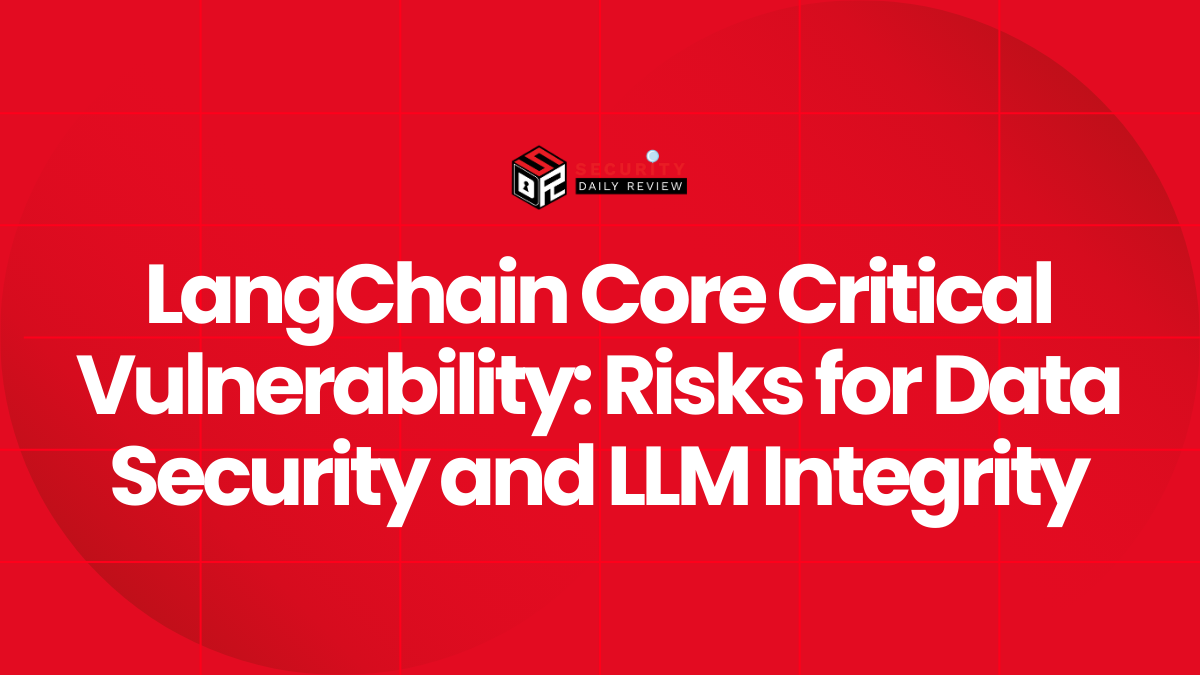Harvey Nichols Data Breached and Customer Data Exposed in Cyberattack
High-end British department store Harvey Nichols has confirmed a data breach affecting its customers, exposing personal information including names, addresses, phone numbers, and email addresses. The retailer is urging customers to be vigilant against potential phishing attacks following the incident.
The breach, which Harvey Nichols attributes to a cyberattack, was discovered on September 16th, though the exact date of the initial intrusion remains unknown. The retailer has begun notifying affected customers via letters, informing them of the data exposure.
While the retailer assures customers that highly sensitive information like passwords and financial details were not compromised, the leaked data still poses a significant risk.
“Your personal data was exposed, so while we are not aware that it has been misused in any way, there remains a possibility that your data could be used to scam you,” the notification states.
“While no financial or password data has been exposed, you should be vigilant to the risk of fraudsters using your contact details (e.g. phone, email address) to attempt to get more sensitive information from you.”
The notification further advises customers to be wary of suspicious emails, especially those they weren’t expecting. They are also encouraged to monitor their accounts for any fraudulent activity and report suspicious SMS messages to the UK’s 7726 service, operated by Proofpoint’s Cloudmark division.
Harvey Nichols has taken steps to address the vulnerability that allowed the attack to succeed, stating that their systems are now fully secure. They have also engaged cybersecurity experts to ensure ongoing security.
“We have taken immediate steps to secure all data (supported by a cybersecurity expert) to ensure that our processes and systems remain as secure as possible going forward,” the letter states.
However, the retailer has been criticized for the lack of transparency surrounding the incident. Despite the breach being widely reported on social media, information about the attack was difficult to locate on Harvey Nichols’ official channels.
The Register, a technology news outlet, reached out to Harvey Nichols for further details, including the involvement of ransomware and the number of affected individuals. The retailer did not respond in time for publication.
The Information Commissioner’s Office (ICO) has been notified of the incident and is currently accessing the information provided by Harvey Nichols. The National Crime Agency (NCA), however, has stated that they were not informed about the breach.
Harvey Nichols Data Breach: A Case Study in Data Security
The Harvey Nichols data breach highlights the ongoing threat of cyberattacks against businesses of all sizes. Despite the retailer’s claims of robust security measures, including annual website and app security tests and weekly/monthly scans conducted by third-party companies, the attack still managed to succeed.
This incident underscores the importance of proactive security measures, including regular security assessments, employee training on cybersecurity best practices, and the implementation of strong access controls.
While the retailer has apologized for the inconvenience caused by the breach, the incident raises concerns about the protection of customer data and the need for greater transparency from businesses in the event of a data breach.









